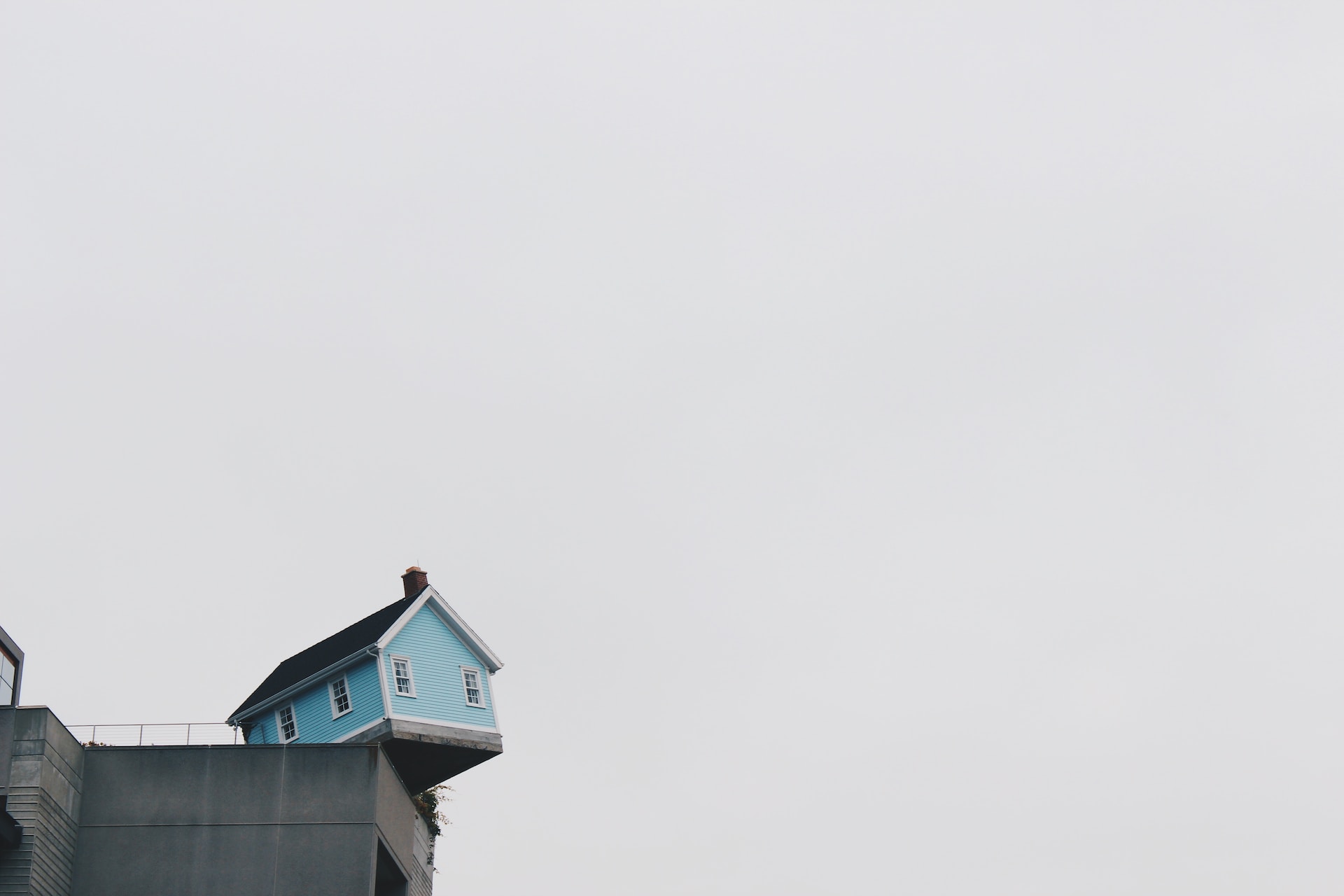When it comes to protecting your home, homeowners insurance is a crucial investment. It shields you from unexpected financial burdens caused by a variety of events known as insurance perils. Understanding these perils and how they are covered under different policy types is essential for making informed decisions about your homeowners insurance. In this comprehensive guide, we will delve into the world of home insurance perils, exploring their types, coverage options, and exclusions.
Types of Home Insurance Perils: Safeguarding Your Investment
Home insurance acts as a safety net against unforeseen events, or perils, that could lead to property damage. These perils encompass a range of incidents, from natural disasters to accidents. By having a solid understanding of the perils covered by your policy, you can be prepared for the unexpected. Here are some of the primary perils commonly covered under homeowners insurance:
1. Fire or Lightning: Protecting your home against the devastation caused by fire or lightning is a fundamental aspect of homeowners insurance. Whether it’s a minor fire or a lightning strike, your policy helps cover the repair costs.
2. Vandalism or Malicious Mischief: Instances of vandalism or malicious acts that result in property damage are covered by homeowners insurance, offering you financial relief when faced with unexpected destruction.
3. Theft: Home insurance safeguards your personal belongings in the event of theft, ensuring you receive compensation for stolen items.
4. Riots: While incidents of civil unrest are uncommon, homeowners insurance steps in to provide coverage for damages resulting from riots or civil disturbances.
5. Smoke and Ash: Damage caused by smoke and ash, often resulting from fires, is covered under most homeowners insurance policies.
6. Volcanic Eruptions: In areas prone to volcanic activity, homeowners insurance offers protection against damages caused by volcanic eruptions.
7. Falling Objects: Whether it’s a tree branch or debris from a construction, your policy includes coverage for damages caused by falling objects.
8. Power Surges: Electrical malfunctions or power surges that damage your appliances and electronics are typically covered by your homeowners insurance.
9. Damage Caused by Vehicles: If a vehicle collides with your property, such as crashing into your fence or house, your policy helps cover the repair costs.
10. Damage Caused by Aircraft: In rare cases of aircraft accidents causing property damage, homeowners insurance steps in to provide the necessary coverage.
11. Weight of Snow, Ice, or Sleet: For properties in colder climates, coverage includes damages resulting from the weight of snow, ice, or sleet accumulation.
12. Hail or Windstorms: From shattered windows to roof damage, homeowners insurance shields you from the financial impact of hail or windstorm-related damages.
13. Explosions: Explosions, whether due to gas leaks or other causes, are covered under homeowners insurance, ensuring your property is restored.
14. Tearing or Cracking of Systems: Damages to hot water systems, air conditioning units, or fire sprinklers are typically covered by your policy.
15. Freezing of Systems: Home insurance extends coverage to damages caused by the freezing of heating, plumbing, fire sprinkler, or air conditioning systems.
16. Accidental Water Overflow: In case of accidental water overflow from systems or appliances, your policy helps cover the repair costs.
Understanding Coverage Types for Home Insurance Perils
Different types of homeowners insurance policies offer varying levels of coverage for perils. Your policy type determines whether your dwelling and personal property are covered on a named or open peril basis. Let’s explore the coverage options:
Named Peril:
Named peril policies specifically list the covered perils in the insurance policy paperwork. If you experience a loss, you need to demonstrate that the damage was caused by a peril listed in your policy. This type of coverage applies to both dwelling and personal property coverage. Common policy forms with named peril coverage include HO-2 and some portions of HO-3 policies.
Open Peril:
Also known as “all peril” or “all-risk” coverage, open peril home insurance covers any peril that is not explicitly excluded in your policy. Under this coverage, the burden of proof shifts to the insurance company to show that a loss is not covered. Open peril policies are found in HO-3 and HO-5 policies, offering comprehensive protection for your dwelling and personal property.
It’s important to note that while open peril policies offer broad coverage, they may still have exclusions that homeowners should be aware of.
Commonly Excluded Perils: Understanding the Gaps
While homeowners insurance provides extensive protection, certain perils are often excluded from coverage. It’s essential to know these exclusions to assess potential gaps in your insurance. Here are some perils typically excluded from standard homeowners insurance:
1. Earthquakes: Earthquake damages are typically excluded from standard policies. If you live in a seismic-prone area, consider purchasing earthquake insurance to safeguard your property.
2. Floods: Standard homeowners insurance does not cover flood damage. You may need a separate flood insurance policy, especially if you live in a flood-prone region.
3. Sinkholes: Sinkhole-related damages are commonly excluded. If your property is at risk of sinkholes, explore sinkhole insurance options.
4. Certain Water Damage: While accidental water overflow is covered, water damage caused by flooding, sewer backup, or gradual leaks may not be covered under standard policies.
5. Wear and Tear: General wear and tear and maintenance-related issues are typically not covered by homeowners insurance.
6. Intentional Damage: Deliberate damage caused by homeowners is usually not covered by insurance policies.
Conclusion: Navigating Home Insurance Perils
Home insurance perils play a vital role in safeguarding your property and financial well-being. Understanding the types of perils covered, as well as those excluded, empowers you to make informed decisions when selecting a homeowners insurance policy. Whether you opt for named peril or open peril coverage, it’s essential to review your policy and consider any endorsements to bridge potential coverage gaps. By being proactive and well-informed, you can enjoy the peace of mind that comes with comprehensive homeowners insurance protection.

